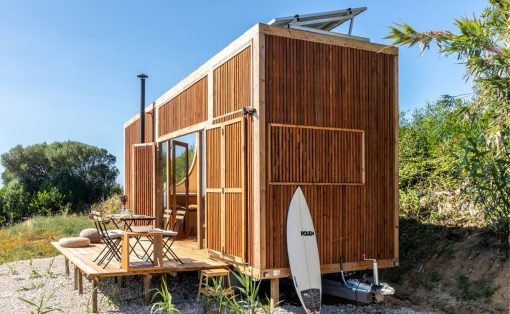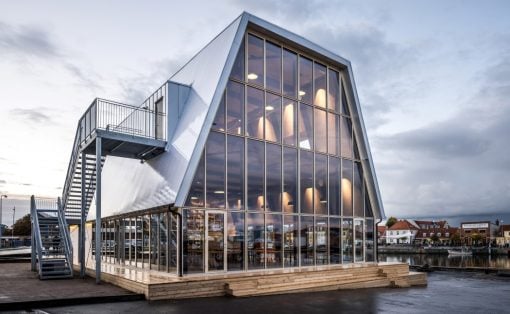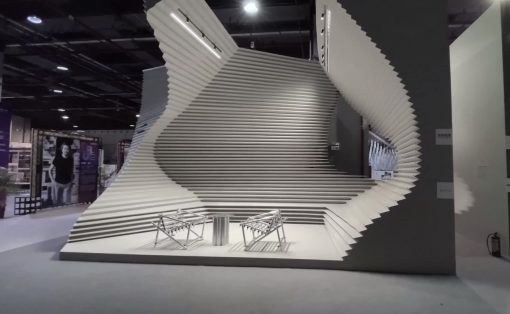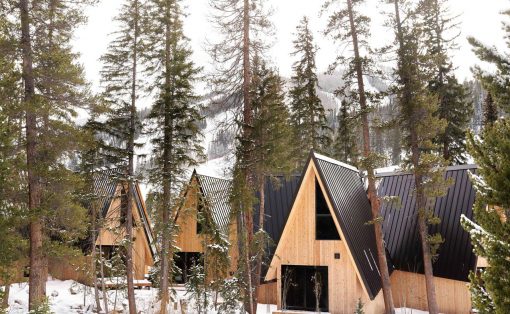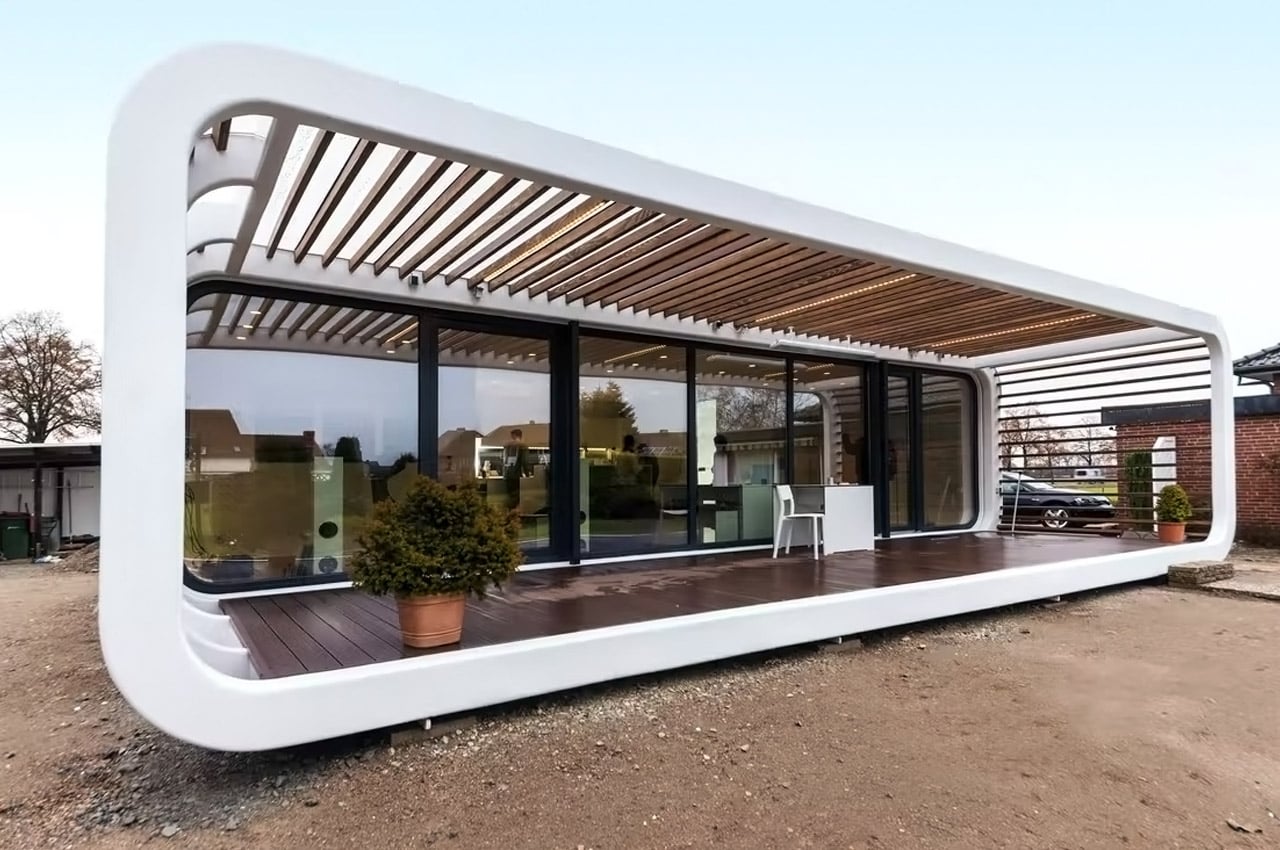
Tiny homes gained popularity a couple of years ago, and since then they’ve cemented their place in the world of architecture. What started off as a cute little trend is now turning into a serious option for home spaces. You could say that 2022 was the year of tiny homes! And I do believe this will continue well in the future. They are a space-saving and eco-friendly living solution that reduces the load on Mother Earth. They’re simple and minimal alternatives to the imposing and materialistic homes that seem to have taken over. And if you love exploring tiny homes, as much as I do, then you’ve reached the right spot. We’ve curated an eclectic and exciting range of micro homes that will totally satisfy your love for tiny homes! From a 40′ highly insulated converted shipping container tiny home with a pocket-friendly price tag to a picturesque tiny home perched idyllically on a slope with views of the sea – there’s a tiny home here for everyone!
1. The Coodo
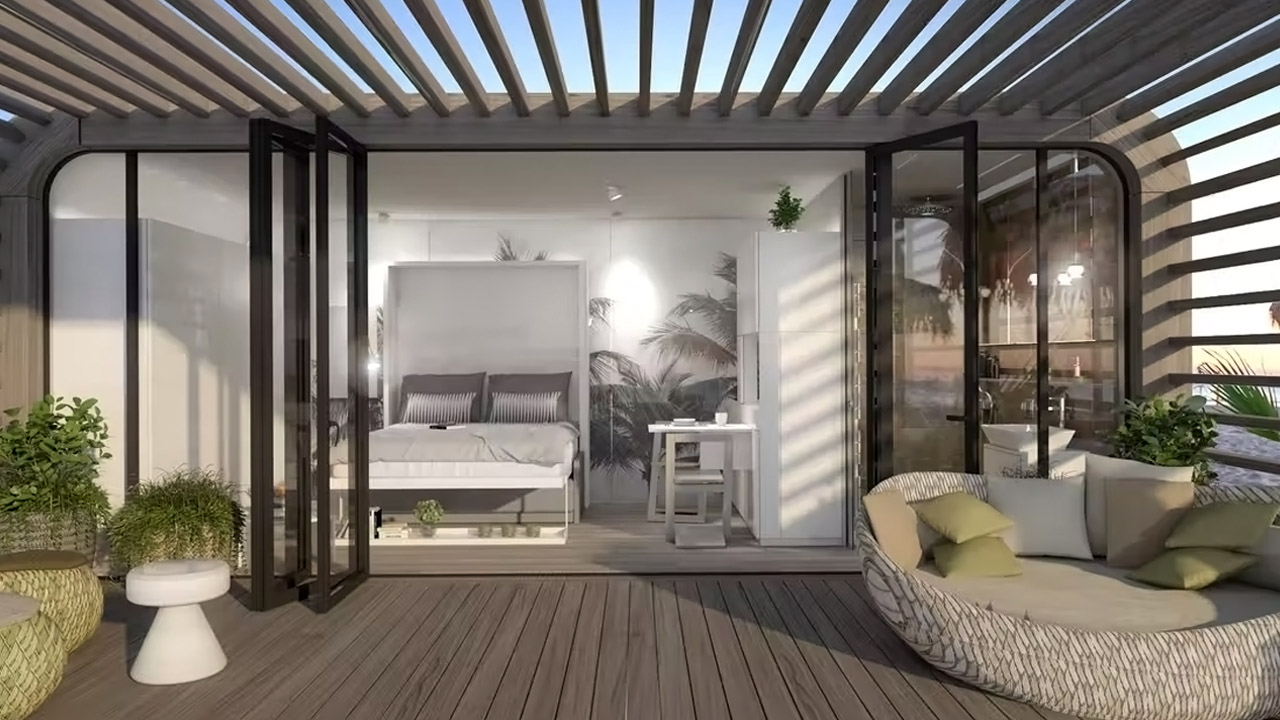
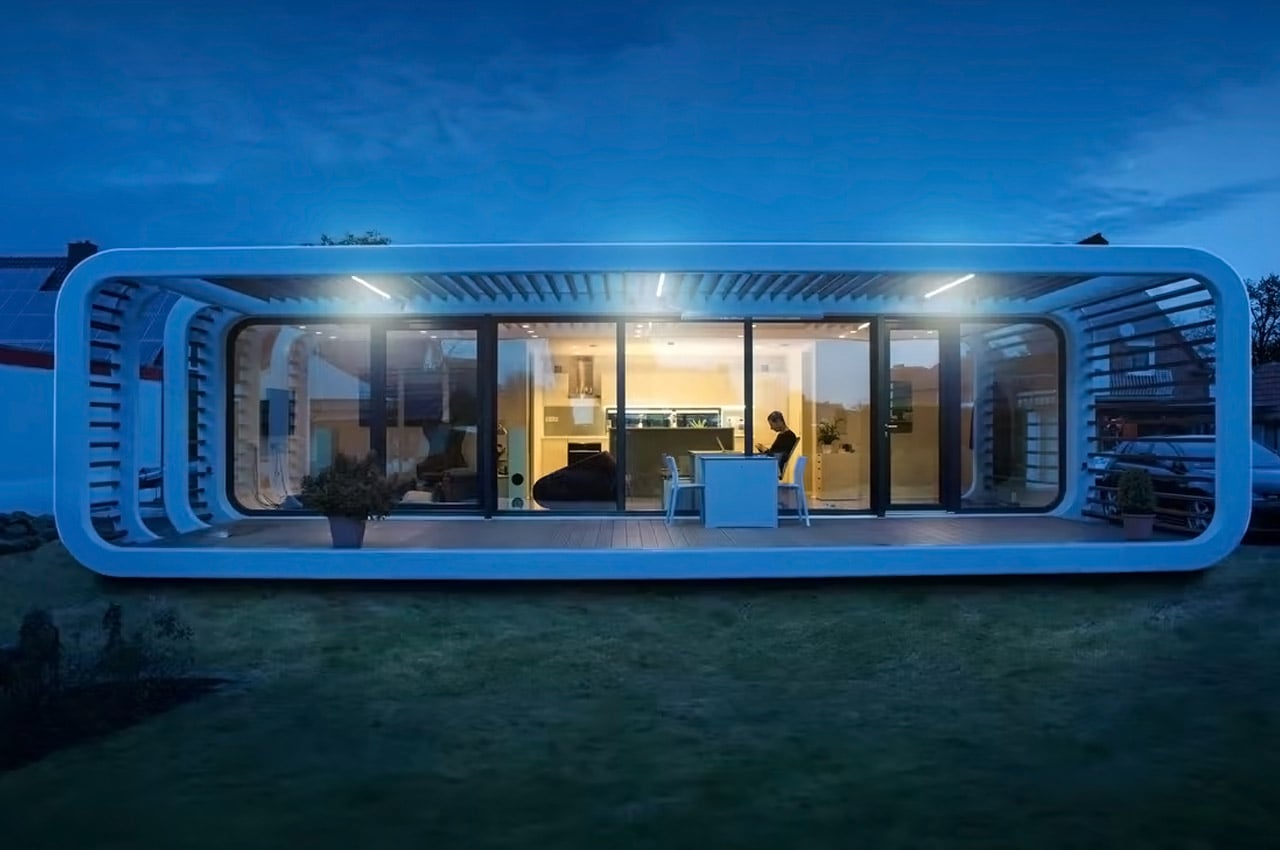
A couple of years ago, German entrepreneur Mark Dare Schmiedel got pretty fed up with the chaos of Berlin and decided to move to the countryside, building his own quaint loft along the banks of the River Spree. The peace, calm, and zen that followed, got him wondering whether it would be possible to create a similar, but a mobile form of home, that could provide the same sanctuary to others. In his quest for such a retreat, he came across a mobile home concept designed by a group of Slovenian architects called ‘Coodo’. Schmiedel went on to procure the design rights of the concept, through his company LTG Lofts to Go and kickstarted the production of the units. The modular homes aim to bring you closer to nature, to a space away from the crowds, where you can truly enjoy the beauty of a moment.
Why is it noteworthy?
It features a curved, minimal steel frame with rounded edges and stunning floor-to-ceiling glass walls. The beautiful glass walls allow a generous stream of sunlight to enter the home. Whether on rooftops in the city, on beaches, on mountains or alongside a river, the Coodo can be easily installed almost anywhere.
What we like
- Integrated utilization of smart home technology
- Adherence to Passive House standards
What we dislike
- The roof is purely ornamental. It doesn’t block direct sunlight and it’s useless in rain and snow. Your porch/deck is always exposed to the elements
2. Samara and James’ Tiny Home
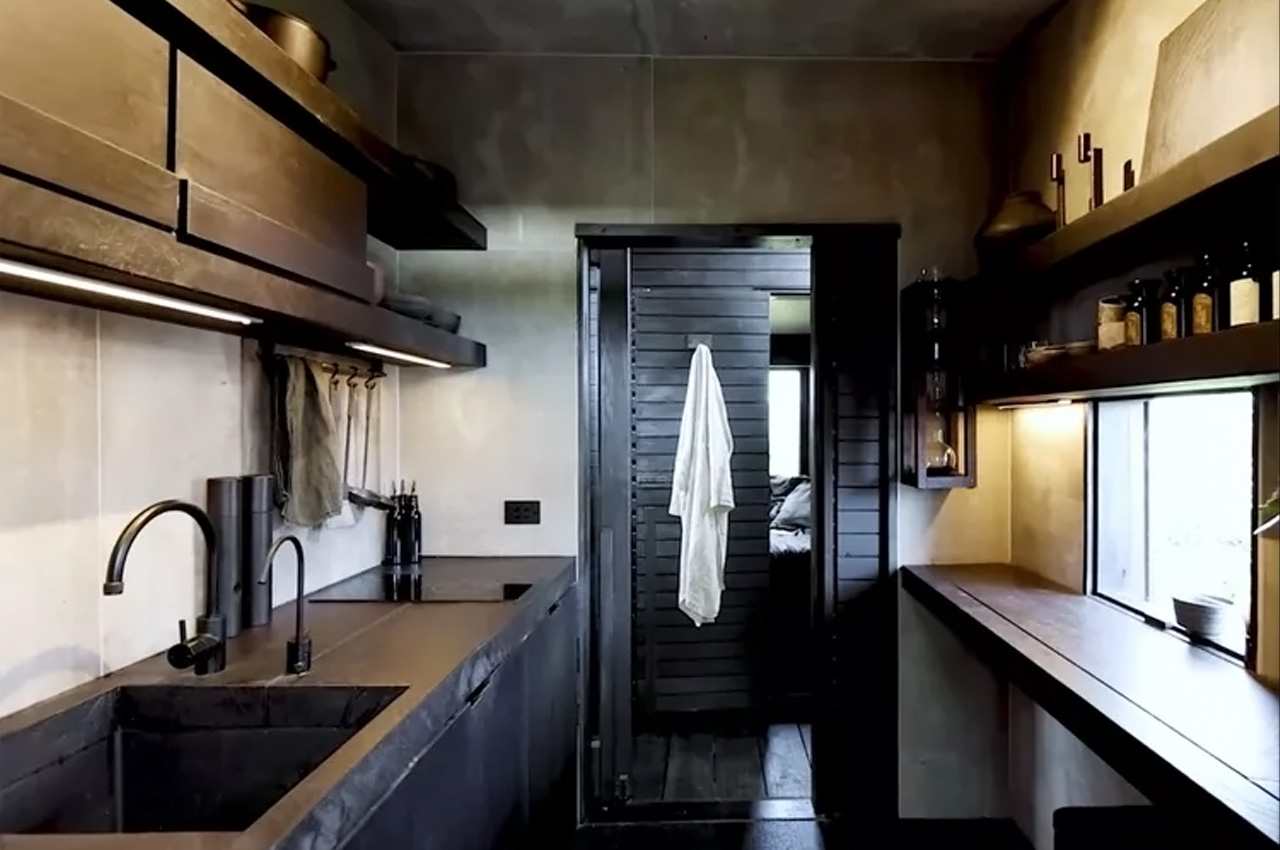
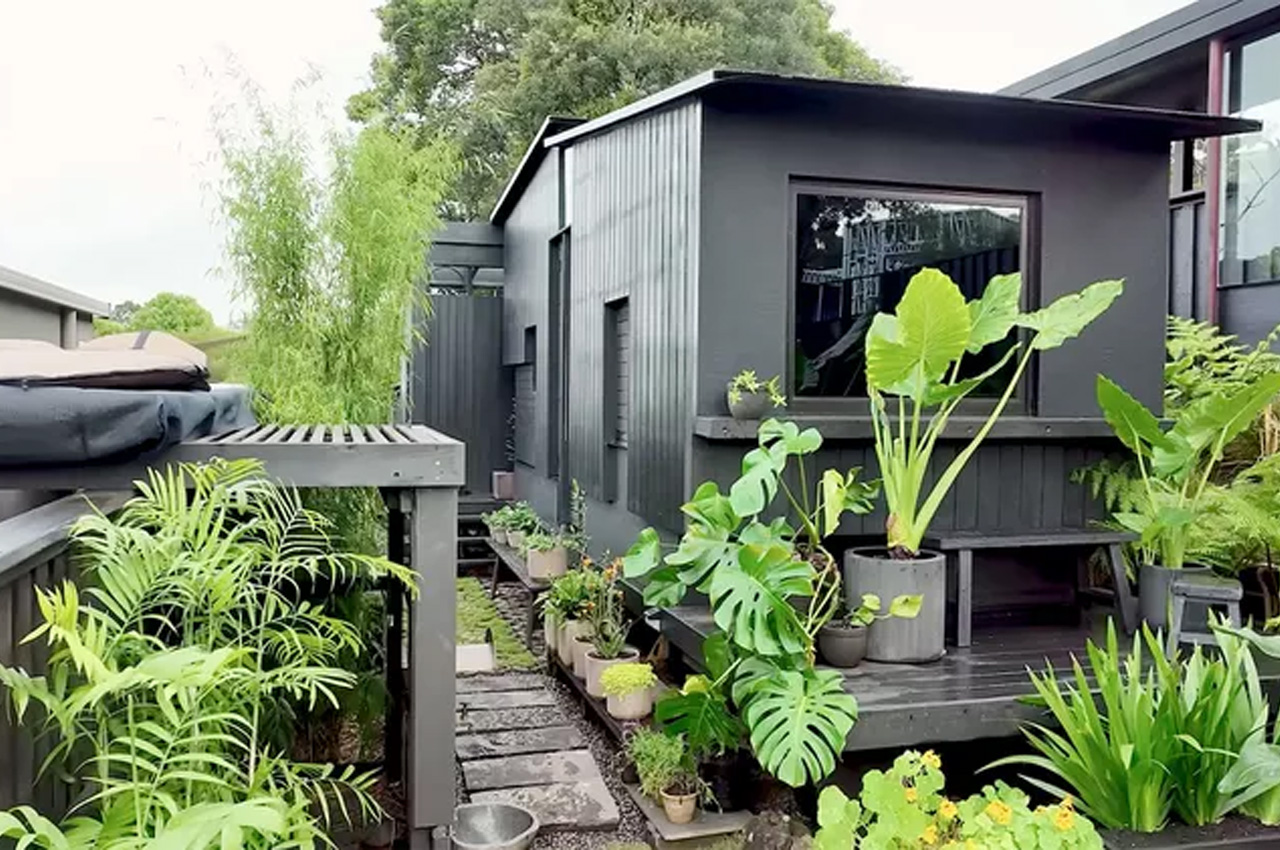
This beautiful 16-foot-long tiny home in Byron Bay, Australia was designed and is home to a lovely couple Samara and James. Frank Macchia, a holistic designer, and Samara’s father helped them to design the home. All the design ideas and moves you wouldn’t execute in a small space were implemented in this tiny home.
Why is it noteworthy?
Its interior and exterior feature a dark theme, and there aren’t a lot of windows in the home. Despite these details, the house manages to have an air of spaciousness and balance to it, while retaining a harmonious connection with the site it is situated on!
What we like
- The wood-clad home is inspired by Japanese design, especially by shou sugi ban, a method of charring wood to make it more fire and pest resistant
- The house includes three modules, consisting of a bedroom, kitchen, and bathroom. They can be moved and reconfigured if the home ever needs to be expanded in the future
What we dislike
- The home only features an outdoor shower, which some people may not be comfortable with
3. Ark Tiny Homes
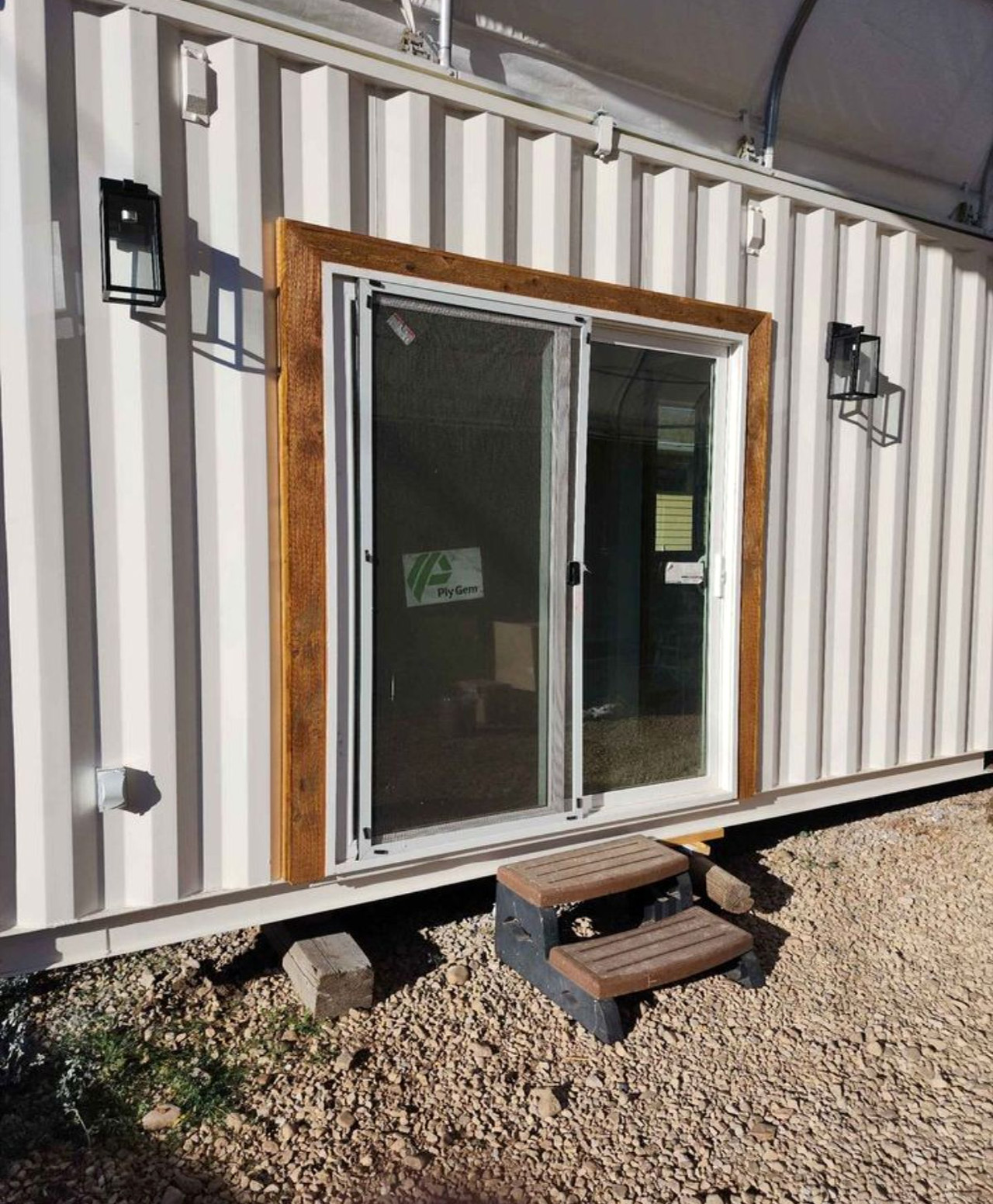
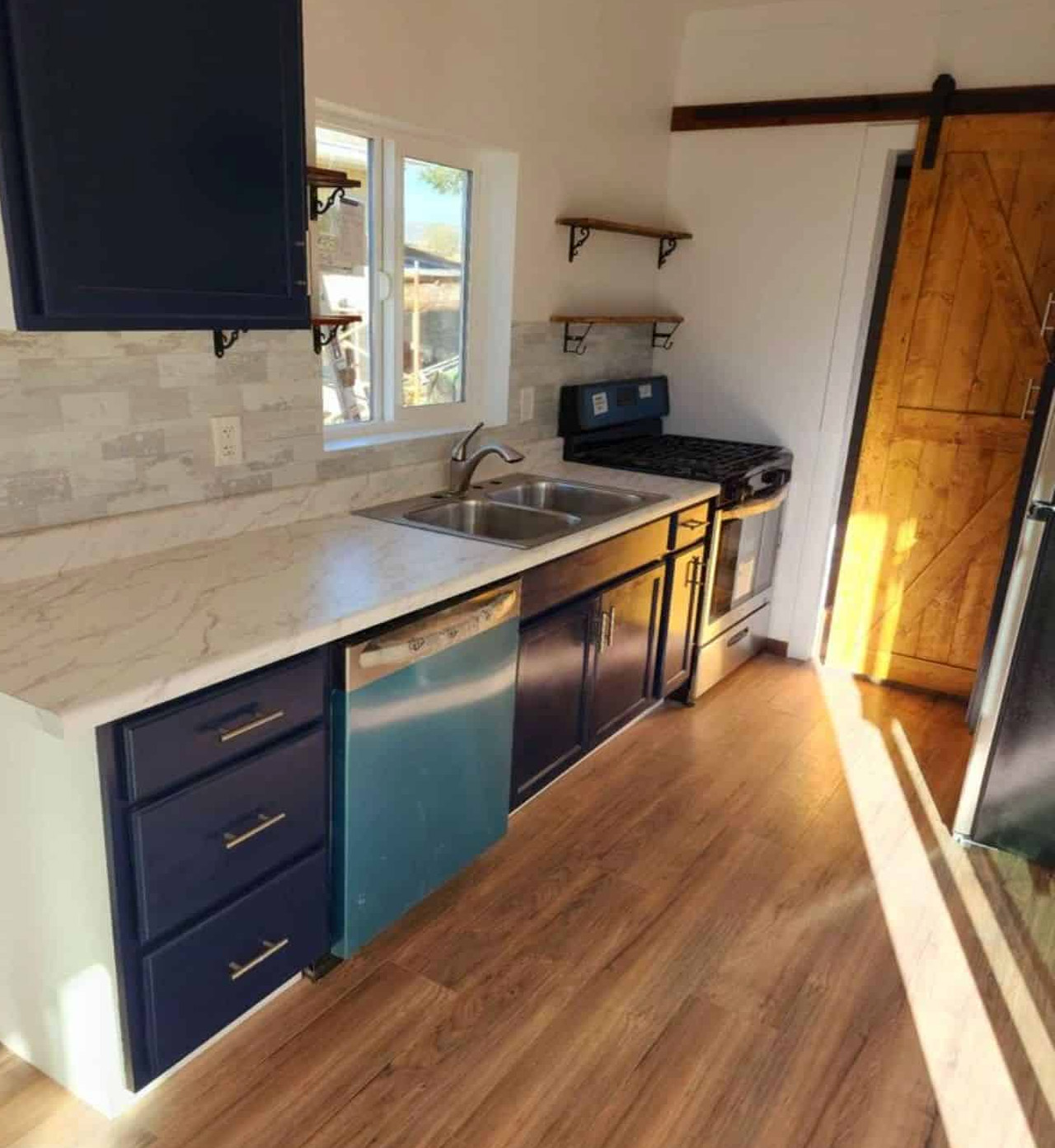
Ark Tiny Homes designed a ‘delta model’ of one of their converted shipping container homes. Occupying 40 feet of space, this highly insulated tiny home doesn’t feel cramped at all, and is truly a win at its price tag of $59,500!
Why is it noteworthy?
The tiny home has been equipped with premium quality amenities and generous living space. This tiny home is an excellent option if you’re looking for an environmentally friendly home that has been outfitted with great quality amenities while going easy on the pocket. The layout of the home manages to provide an element of spaciousness and openness to the 40′ insulated home.
What we like
- Appliances have been placed cleverly opposite each other, providing residents with the ultimate cooking experience
- Economical price tag
What we dislike
- The aesthetics of the home are out of date
4. 3×3 Retreat
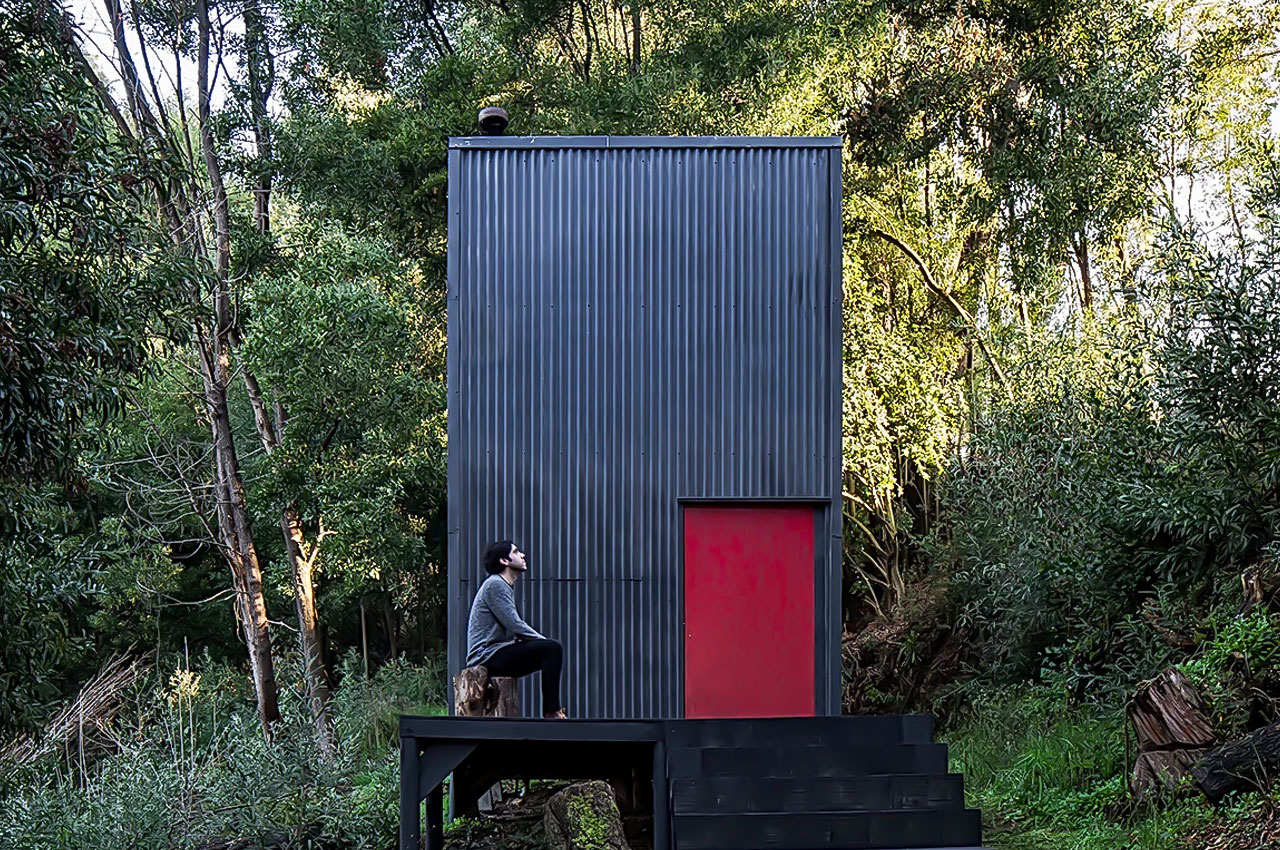
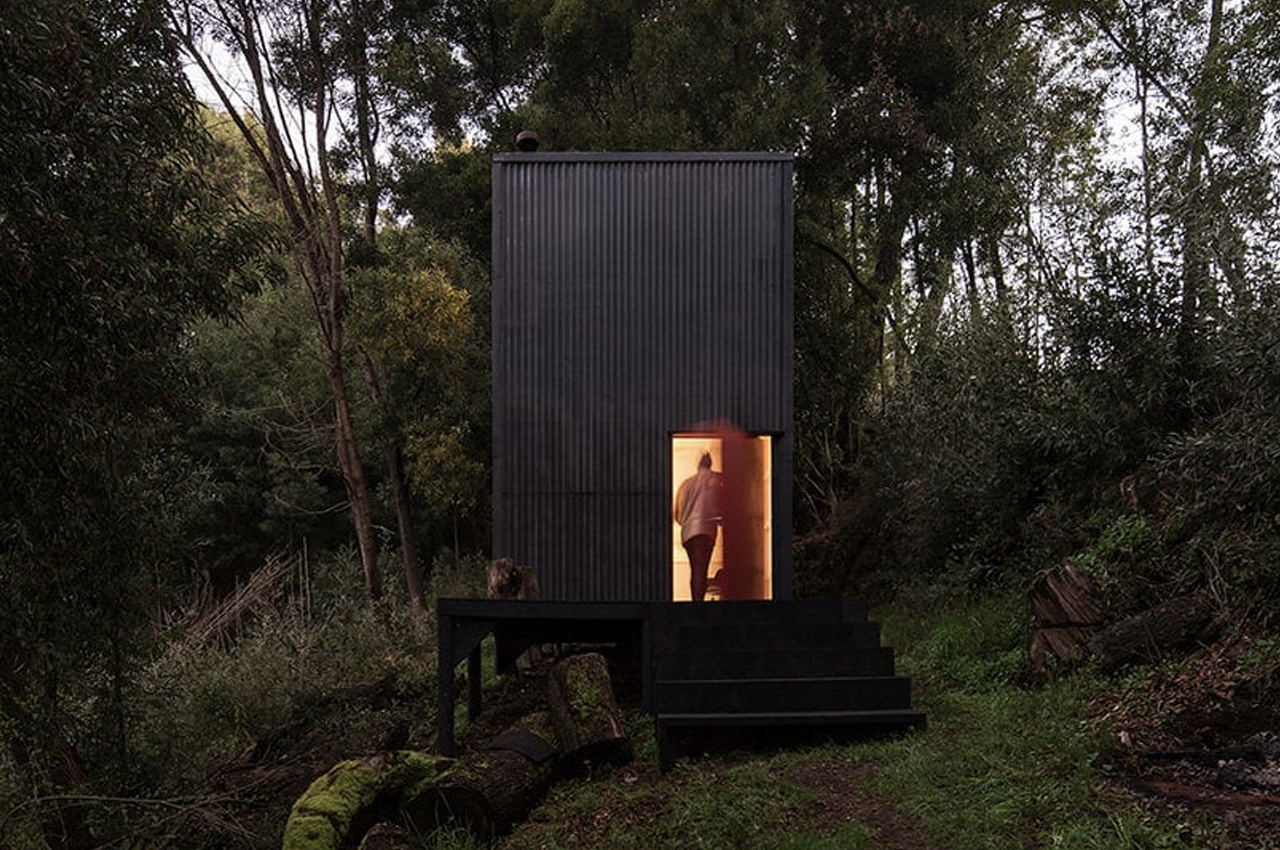
Tucked away in the rainforest landscape near Southern Chile’s La Unión city is a tiny cabin called the 3×3 retreat. Designed by Estudio Diagonal Architects, the tiny home was designed to create a sense of cohesion between the ‘radical geometry’ of the structure, and the natural and organic essence of the site.
Why is it noteworthy?
The cabin aims to function as a comfortable, cozy, and functional dwelling in the raw rainforest, without disturbing or causing harm to the forest in the least. It is placed on a slope, that subtly overlooks the Radimadi River. This was a genius move since it allows the cabin to provide its residents with stunning views of nature.
What we like
- The entire cabin was constructed by using common and economical building materials, such as standard pre-dimensional pine wood
- Local construction techniques were utilized
What we dislike
- The small footprint may not be suitable for everyone. Some people may find it too tiny
5. Kjerringholmen Cabin


This is the Hvaler archipelago, a true island paradise in Norway where you will find the ‘Kjerringholmen’ cabin. With just 63 square meters in size, the plan/design of the cabin still showcases plenty of space to give a very spacious and airy effect.
Why is it noteworthy?
Kjerringholmen is proof “that large houses don’t necessarily mean more quality of life. In just 63 square meters, with smart planning, it still has plenty of usable space,” said the studio. Occupying 63 square meters, the cabin is supported by steel pillars and surrounded by a dusky rocky landscape.
What we like
- Blends perfectly with the natural landscape
- Designed extremely efficiently to support a smart way of living
What we dislike
- Birds may not notice the home and could crash into it since it merges so perfectly with its surroundings
6. The Trakt Forest Hotel
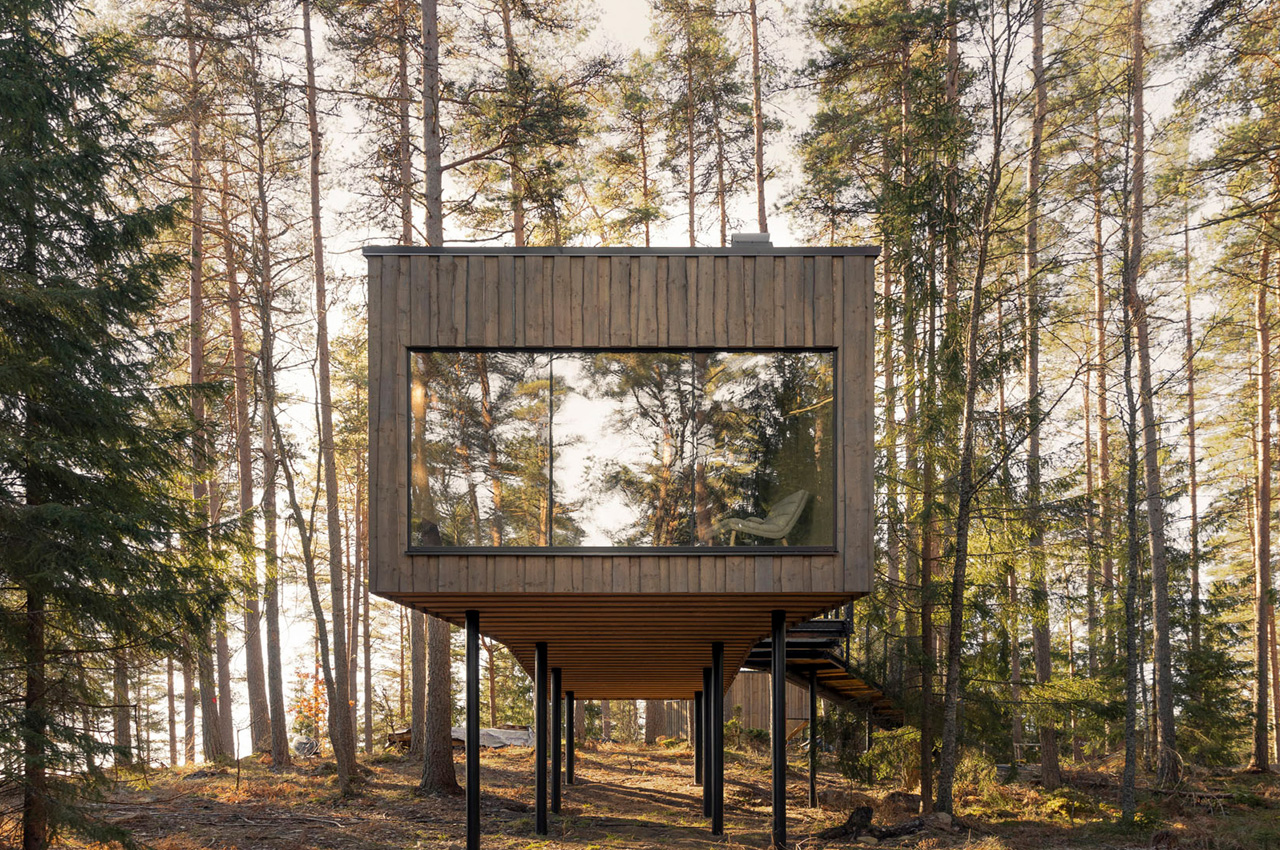
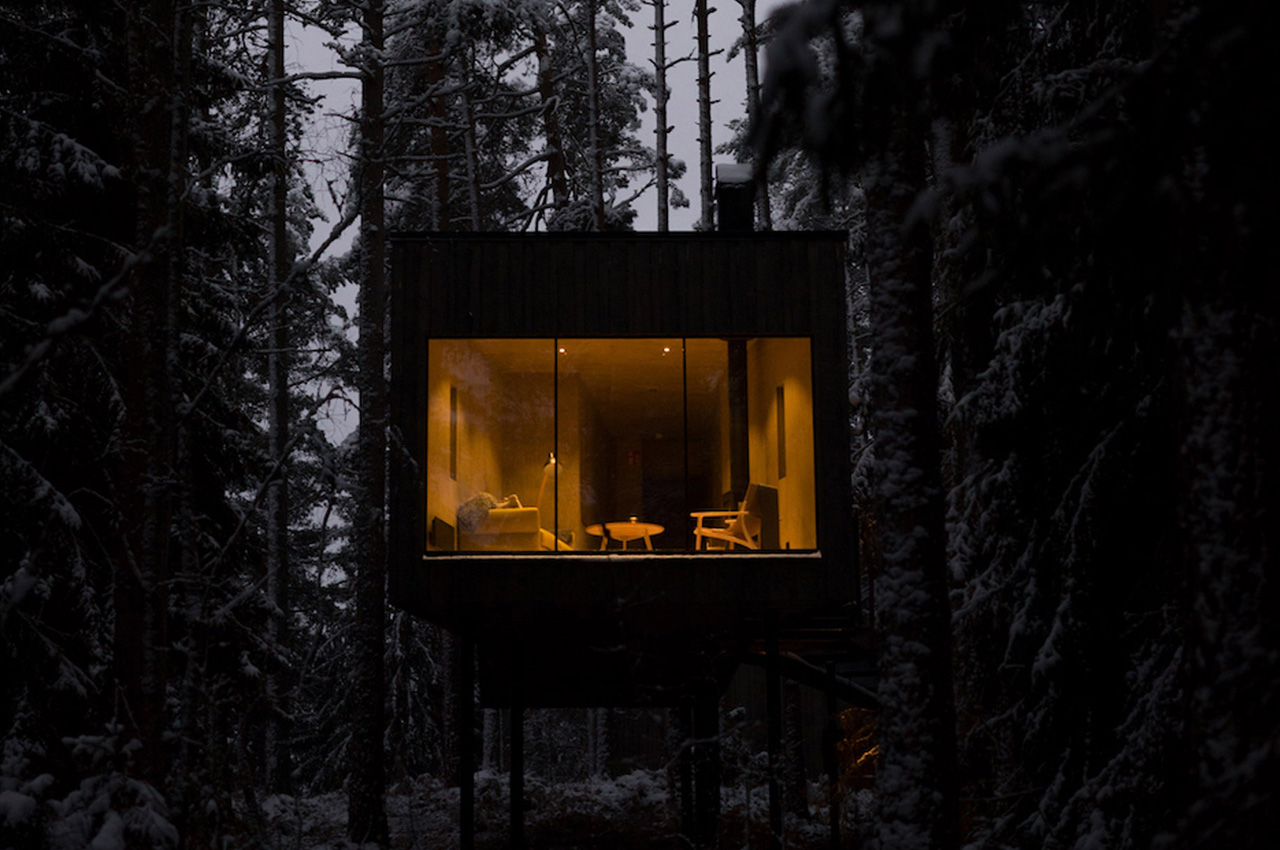
Swedish architecture studio Wingårdhs designed a collection of five quaint suites for the Trakt Forest Hotel in Småland. Supported by five metal stilts, the suites allow the visitors to feel as if they’re chilling amongst the tree canopy! Designed to “put nature in focus”, the cabins are accompanied by a restaurant and sauna in the complex, and they’re all connected via narrow woodland paths.
Why is it noteworthy?
While building the cabins, the studio wanted to create minimal disturbance to the surrounding landscape, and hence they positioned the suites on steel columns placed on concrete plinths. The cabins were constructed using locally-grown wood.
What we like
- Let’s you chill amongst the tree canopy
- Constructed using locally sourced wood
What we dislike
- Deserves a gallery/balcony to improve the experience
7. PICNIC
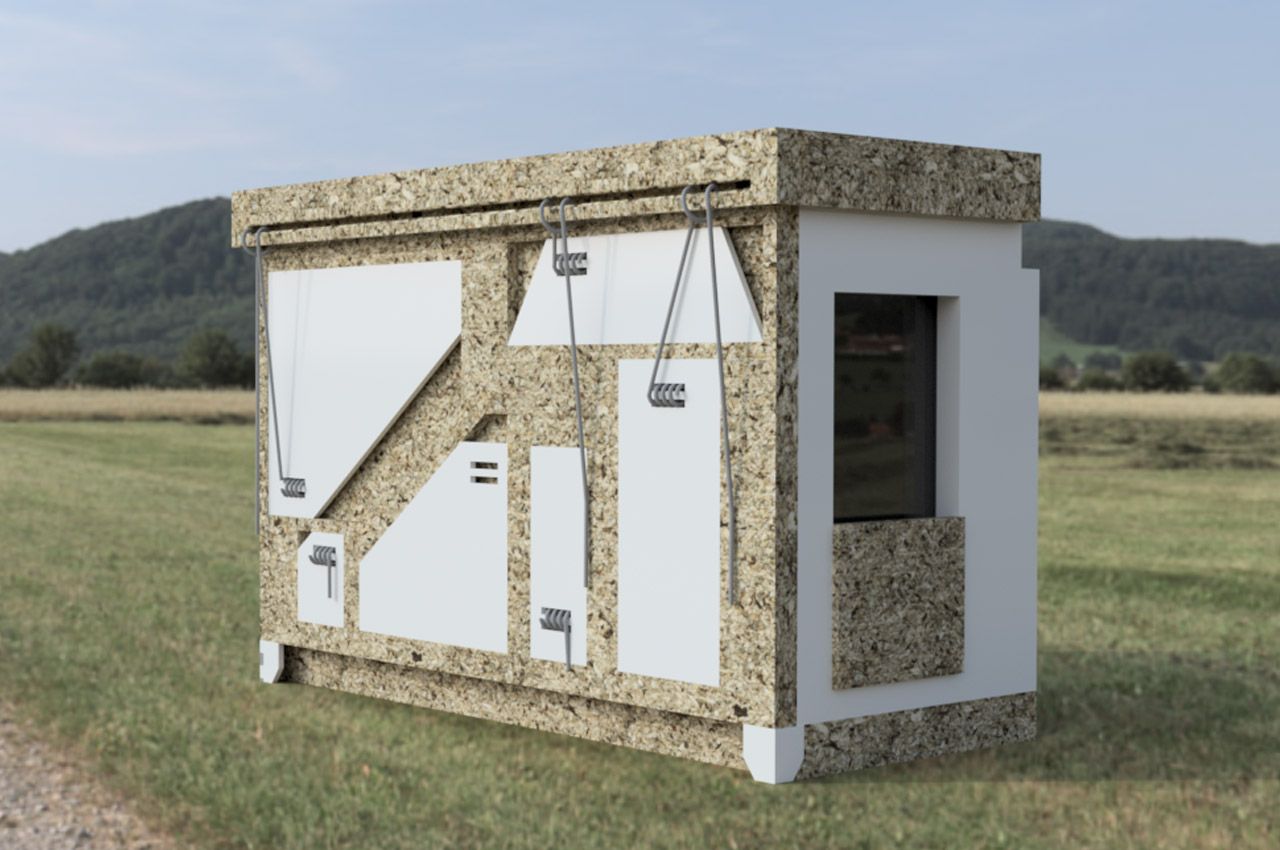
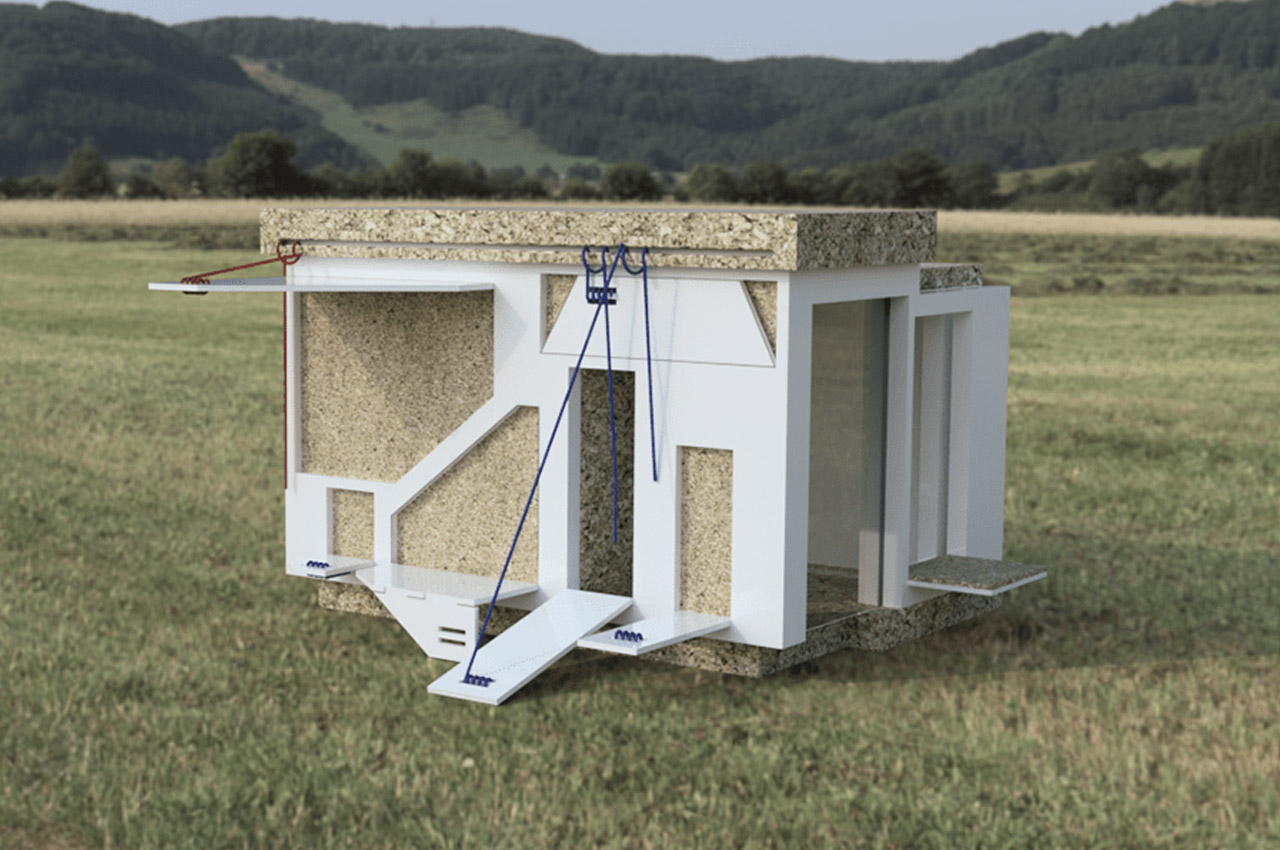
This micro home dubbed PICNIC falls in line with the space-saving style of living which is adaptable to a diverse set of situations. The project designed by Mauro Polondak is created in collaboration with Faculty of Architecture colleagues Mihaela Klobučar and Magdalena Kačan.
Why is it noteworthy?
This structure inspired by a picnic box is classified as an “Interactive House” and is a clever mix of aesthetics and functionality. The individual modules open up like a picnic box to reveal a different configuration supported by a play of colors. The latter comes into the picture using contrasting colors, giving the house individuality with each setup.
What we like
- Ideal for nomads or people who like living in the grand outdoors minus all the fuzz
- Can function as an Airbnb or rental
What we dislike
- Not ideal for those who are seeking a sturdy and permanent abode
8. Tiny House in K Residence
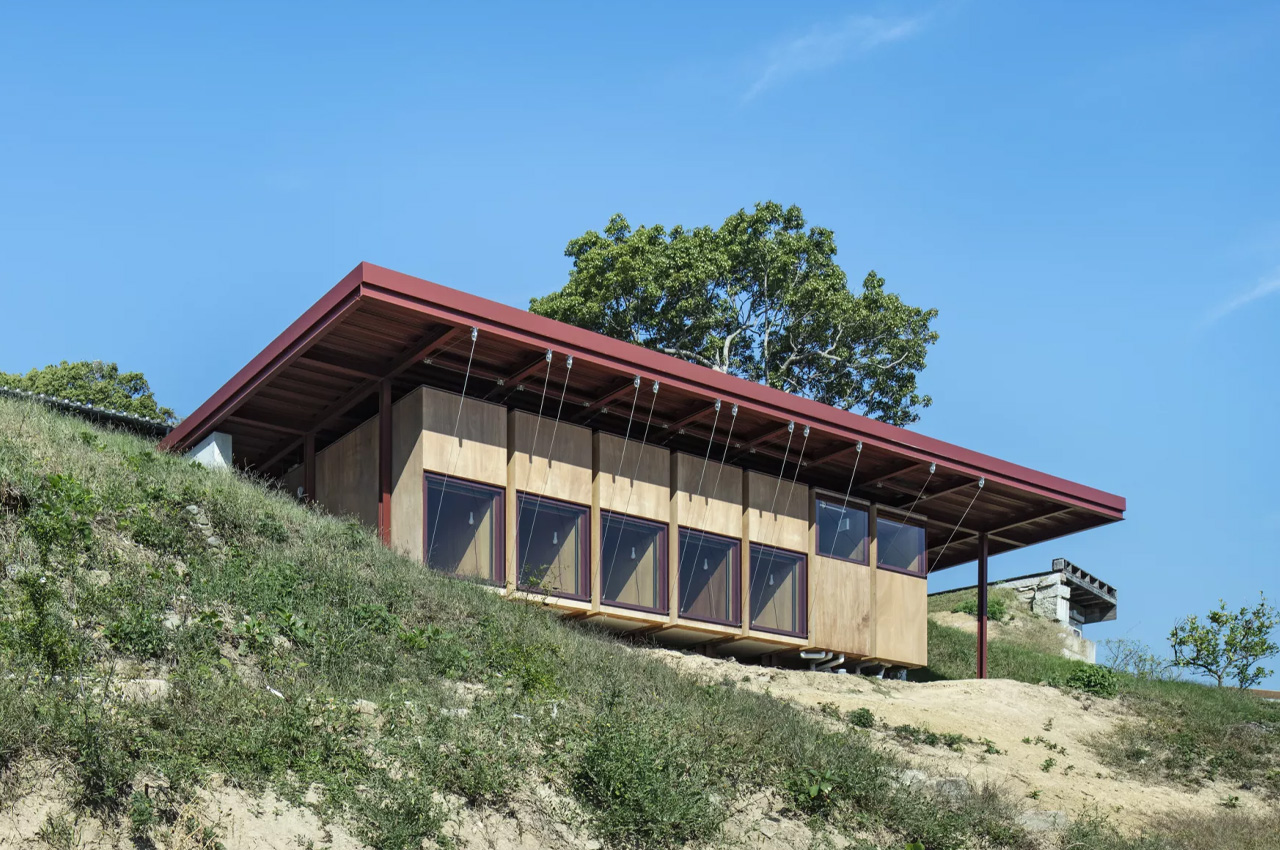
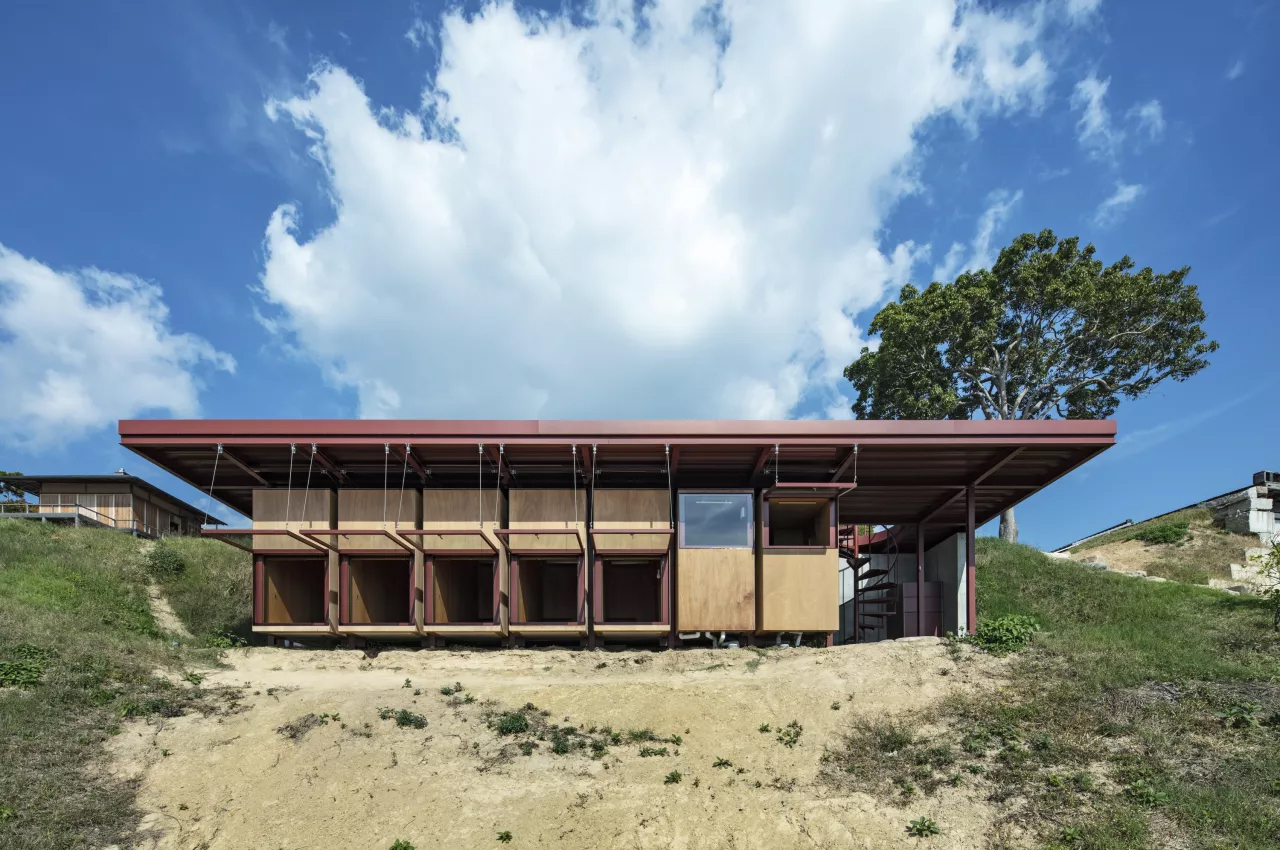
Perched idyllically on a picturesque slope overlooking the Seto Island Sea is a beautiful tiny home that boasts extensive views of blue waters, and greenery. The home functions as a guest house and is located on a large property called K Residence, which is on one of the many islands of the Japanese archipelago.
Why is it noteworthy?
The home was inspired by ‘shukobo’, lodgings that are operated by shrines and temples. It was designed to host family and friends, and functions as a comfortable accommodation with an element of isolation and privacy.
What we like
- Serves as a space to take a break from the world
- Designed to accommodate the needs of children and adults alike
What we dislike
- Doesn’t have a designated dining space, you need to go to the main residence to have your meals
9. UHU Cabin
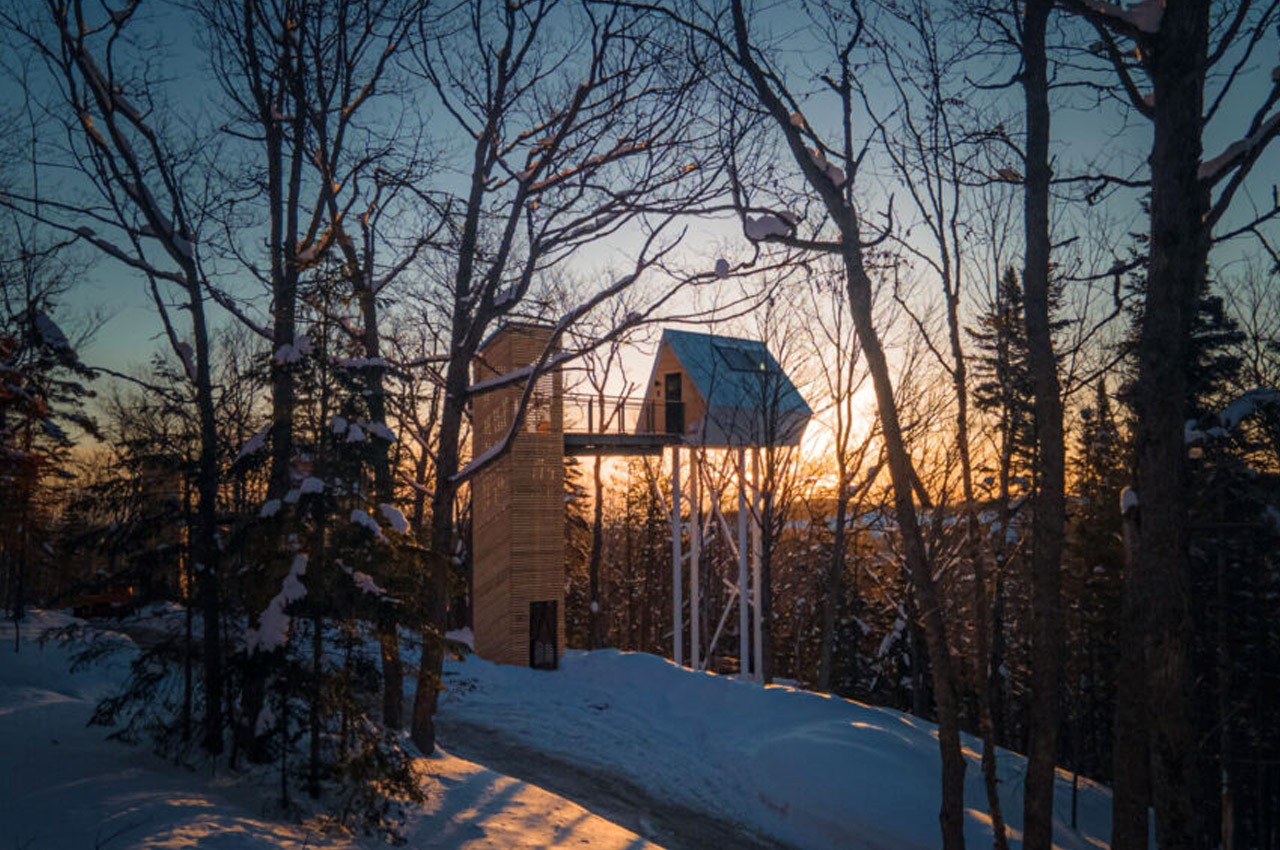

Located in the midst of a boreal forest, in the heart of Charlevoix, Canada is a tiny cabin raised on stilts called ‘UHU’. Quite literally translating to ‘owl’ in the Innu language, the UHU cabin is nested 12 meters in the air, with stunning views of the Saint-Laurence River to greet you every morning.
Why is it noteworthy?
The triangular cabin features a glazed facade which allows for generous views of the surrounding forest and green landscape. You can enter the cabin via an enclosed spiral staircase, and a 6-meter bridge. Although compact in size, the UHU cabin is equipped with all the amenities you need for a comfortable and cozy stay.
What we like
- Let’s you sleep in the treetops
- Positioned 12 meters above the ground
What we dislike
- It can only accommodate two people
10. Cube One

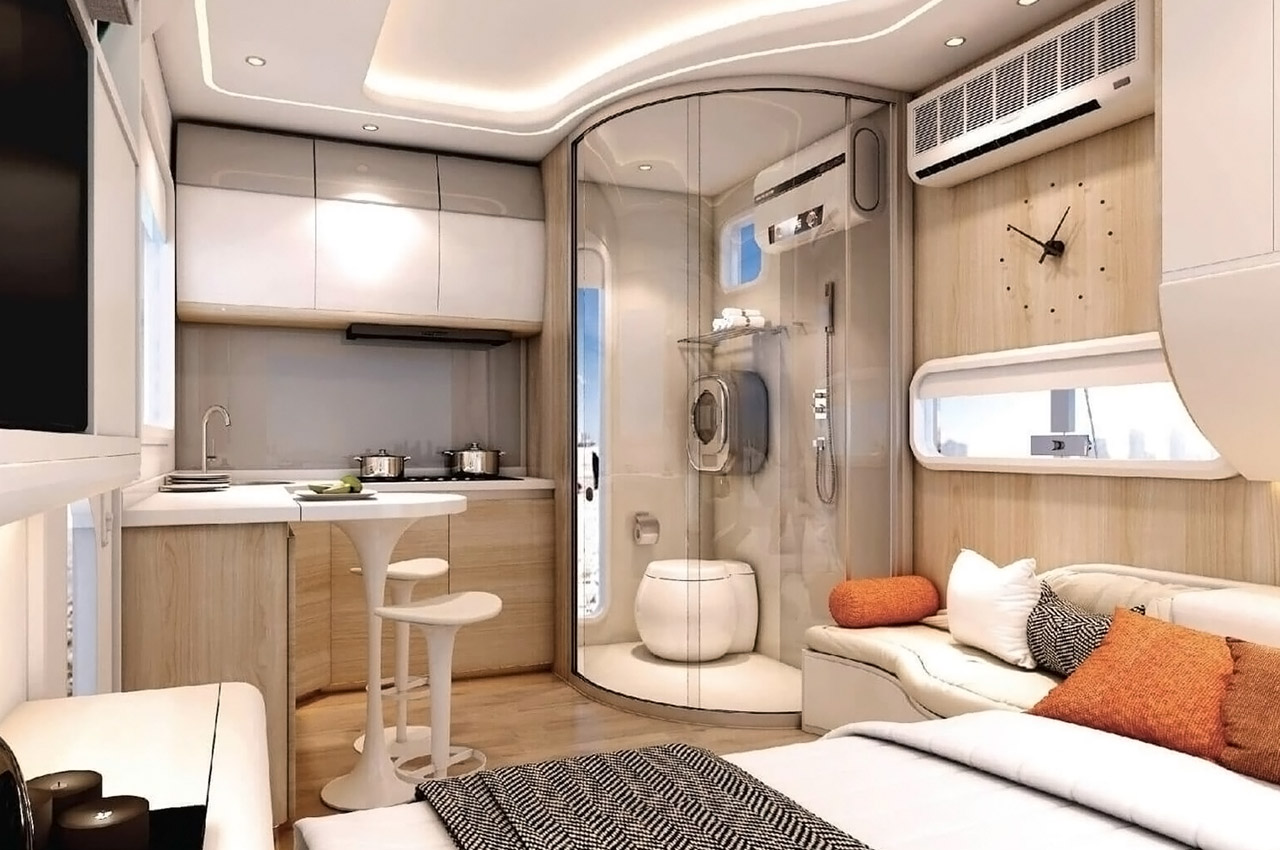
Low-cost, prefabricated, and ready-to-live-in homes are all the rage right now! And tiny home builder Nestron has jumped on the bandwagon with their latest AI-enabled home ‘Cube One’. Cube One is a 156-square-foot home perfect for all kinds of residents – from single youngsters to large families. The value-for-money home has been equipped with built-in furnishings, voice-controlled tech, and a galvanized steel shell that not only lends it a sci-fi feel but also protects it from extreme temperatures and natural disasters.
Why is it noteworthy?
Much like a Rubik’s Cube, the dynamic Cube One can be customized and played around with! The interior can be customized with various add-ons and trimmings, including a kitchen with a bar counter, a wardrobe, a bed, a living area, and a shower accompanied by a toilet and laundry machine. It also comes fully equipped with smart technology which is experienced in the form of color-controllable LED lighting, a television, a sound system, and air conditioning.
What we like
- Built from recyclable materials
- AI-enabled
What we dislike
- Eco-friendly and sustainable elements like a compostable toilet, solar panels, and electric-heated flooring are integrated at an additional cost



